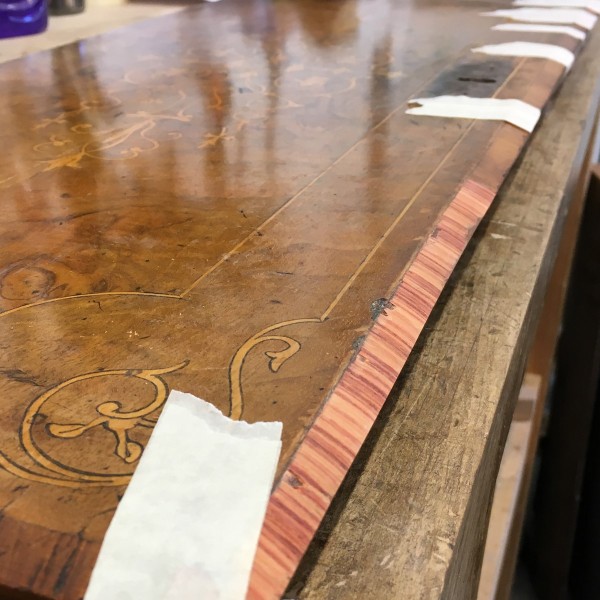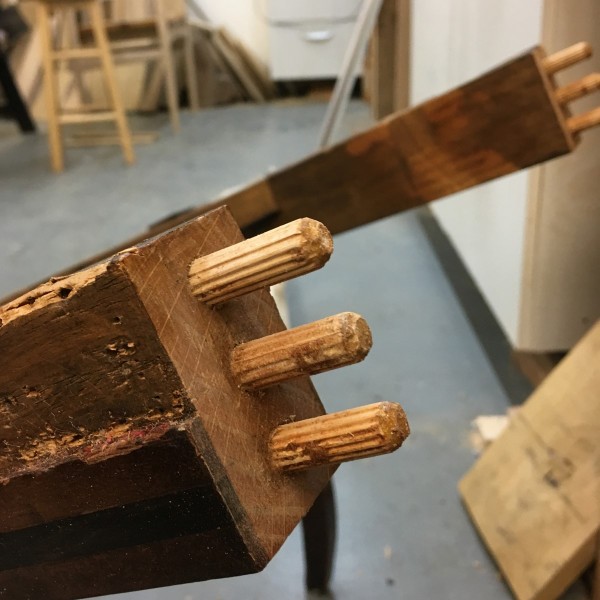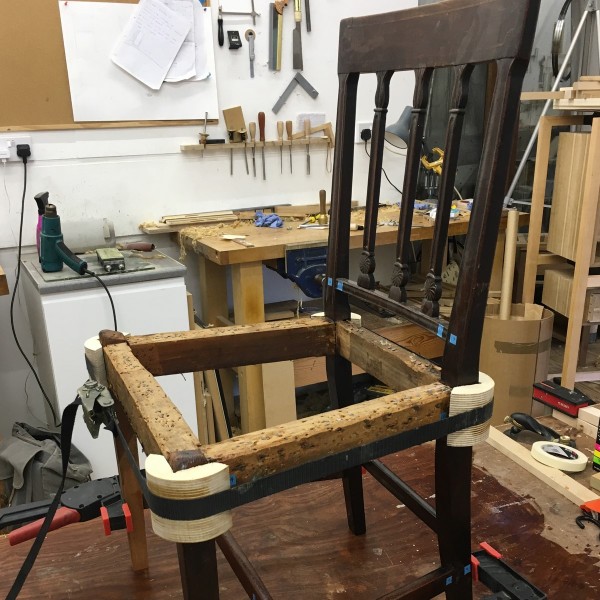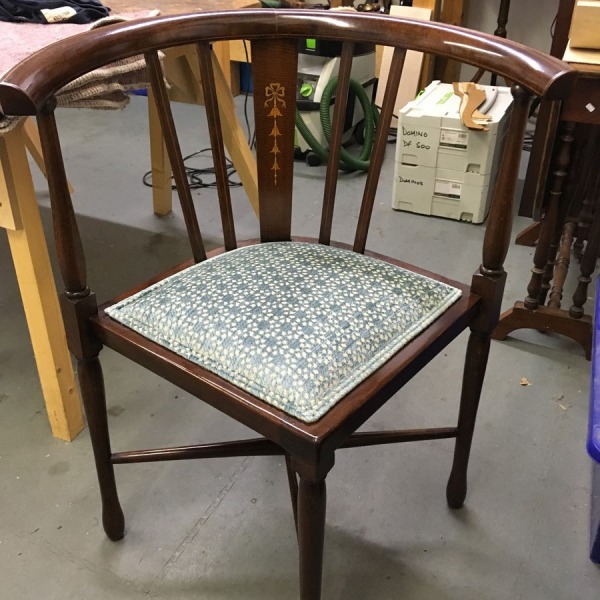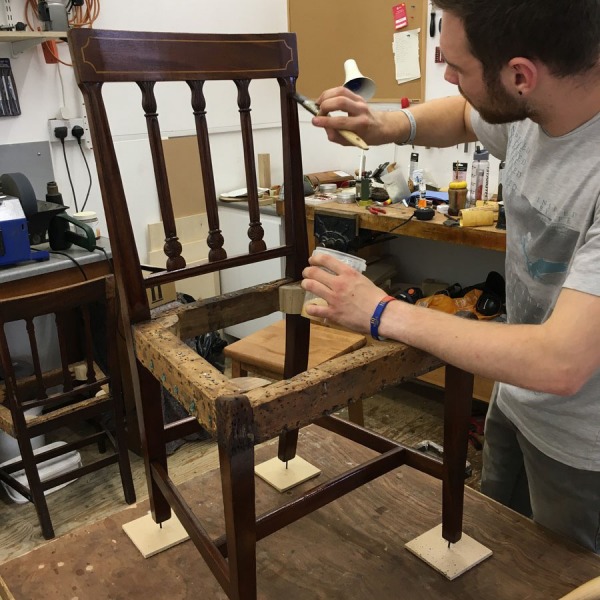Antique & Mid 20th Century Furniture Restoration
Antique Furniture Restoration, Structural repairs.
Antique Furniture Restoration, Structural repairs; Re-laying loose veneers and replacing missing veneers; Coaxing old, worn mechanisms back to working order; Re gluing loose joints; Dealing with the effects of shrinkage caused by modern heating systems; Cleaning hundreds of years of grime carefully and sensitively; Making locks work and replacing missing keys, in fact anything you can think of that is associated with caring for and restoring your treasured items of antique furniture, we will be able to help you with.
An email with some photos and a brief explanation of the scope of the restoration work required is a good starting point for any Antique Furniture Restoration work. Based in Sussex, we are well placed to deal with antique restoration work in the South East of England, Brighton and London but we often also work for National and International clients.
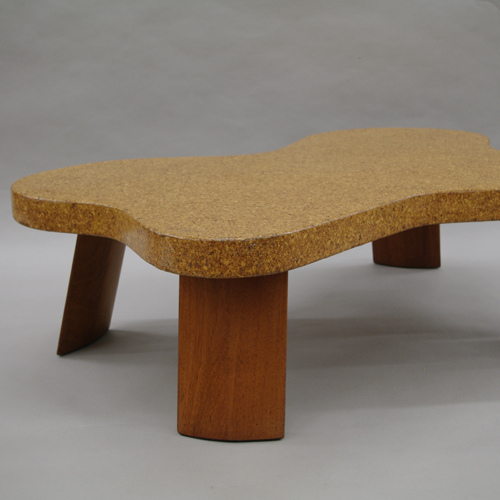
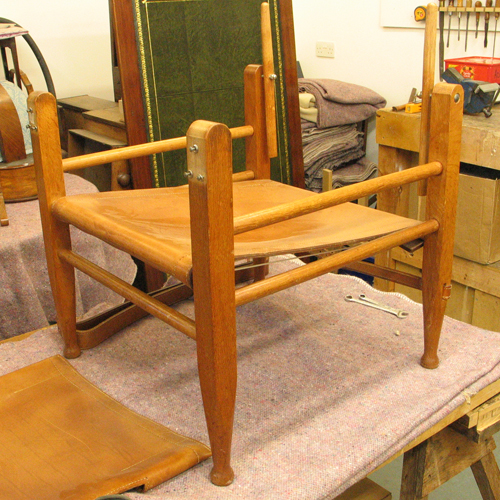

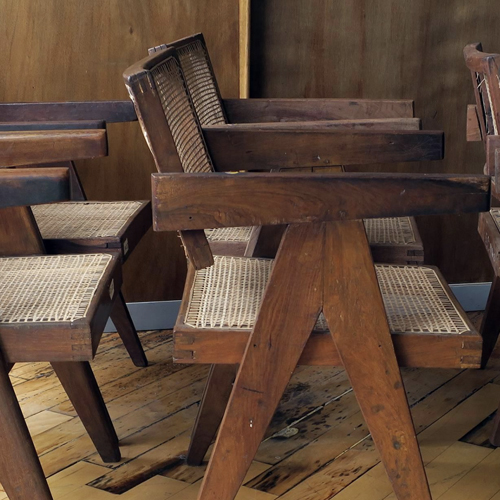
Our Approach
Antique Furniture Restoration requires many specialist skills. An Antique Furniture Restorer is a Cabinet-Maker with the many additional skills that are required if valuable Antique Furniture is to be restored with the integrity and careful consideration that it requires and deserves.
As a starting point we need to consider the ethics of Antique Furniture Restoration, although we ‘Restore’ we must also ‘Conserve’. We always strive to preserve as much of the original material and finish as is practicable, as a restorer we must constantly be thinking about conserving. Replacing a leg rather than repairing the original just because it is quicker or easier, for us, is never an acceptable approach. With a good knowledge of antique furniture history, we will use glues and finishes that are appropriate and, importantly, especially for veneers and joints, ‘Reversible’.
Structural repairs might include broken chair legs or a dining table’s telescopic extending mechanism which is broken, sagging or worn. Drawers in antique furniture are often in need of a bit of an overhaul, they are fitted with wooden runners which will wear, this stops the drawer from running smoothly. Fighting with a jammed drawer when you’re running late and in desperate need a pair of socks, will often result in a drawer that needs rather more than a runner repair. The aim of any structural repair is always to restore any piece of antique furniture so that it is sound and capable of working in the way it was intended when it was made.
Veneers were used extensively on Antique Furniture to make exotic hardwoods go a bit further and also for decorative effect, in symmetrical parquetry patterns or intricate, flowing seaweed or arabesque marquetry. Even though these early veneers were saw-cut, and as such relatively thick, they will often become loose over time, and escape. Loose veneers, cross-bandings, marquetry and Boulle Work, can be re-laid and missing pieces replaced.
Missing pieces can usually be replaced by an Antique Furniture Restorer. This might be a broken leg that lost, a turned spindle that has somehow managed to escape from a chair back, a drawer handle or a barley-twist column from the hood of a long-case clock. Missing brass fittings can be accurately copied or replica handles sourced from specialist foundries. Keys can be replaced and cut, missing castor wheels replaced, and if necessary, worn castors re-bushed or refurbished.
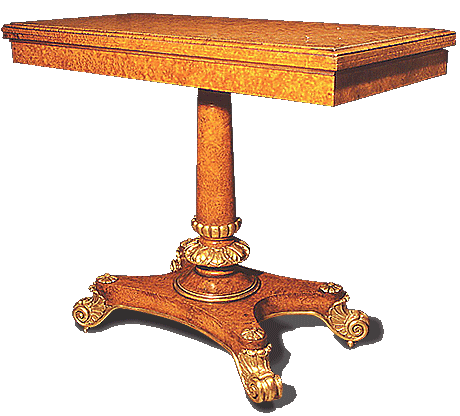
Antique furniture is often ‘French Polished’, which can look very lovely, but this finish is susceptible to those classic white water marks. Water marks can usually be removed, often without too much difficulty, as can black ink or iron stains, all of which can be a bit of an eyesore.
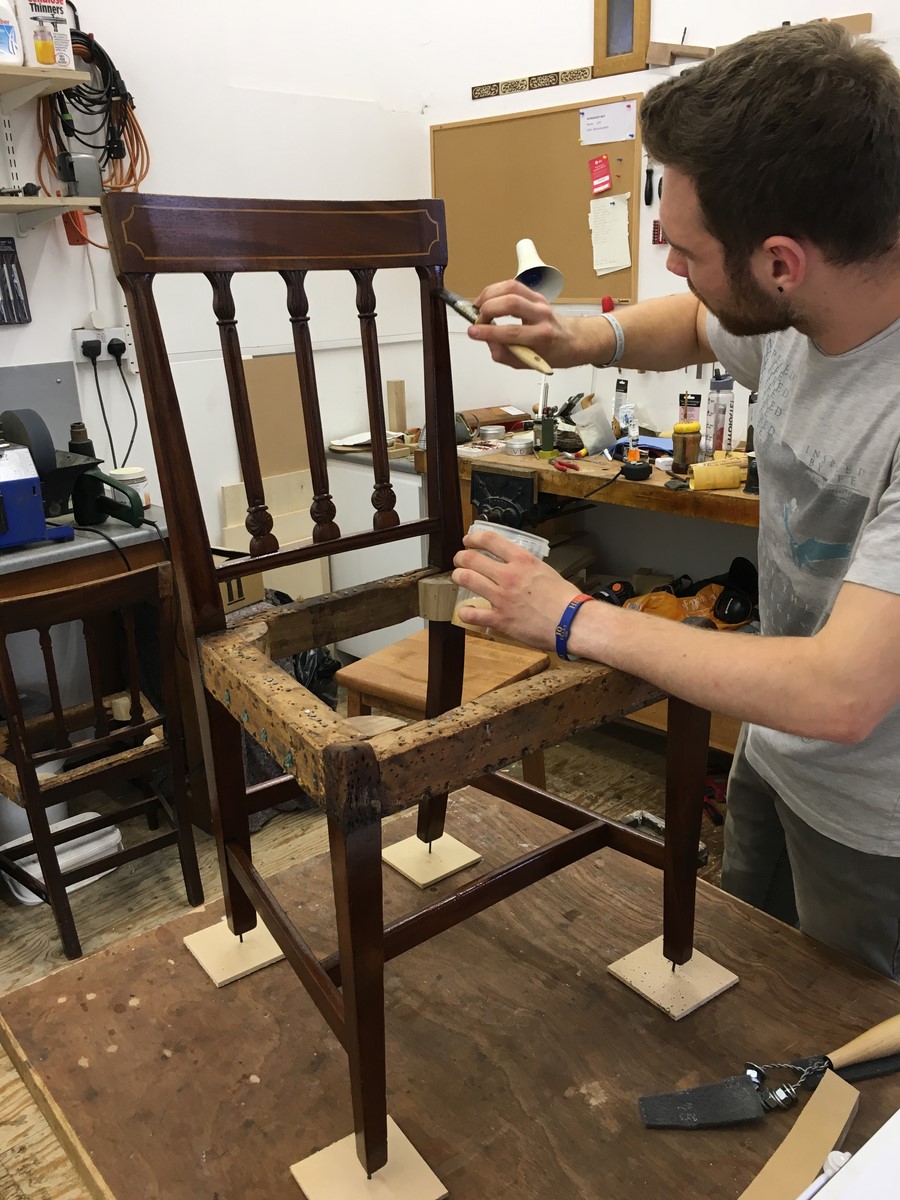
Cleaning furniture can be a bit of a thorny subject. Those nice chaps on the Antique Roadshow can sometimes bang on a bit about ‘Patination’, and whilst I agree that a beautiful piece of antique furniture that has that deep glow from oxidisation and a lovely soft shine that you get from years and years of care and handling, should be cleaned and polished with great care to preserve its ‘patination’. I also advocate a rather more enthusiastic cleaning, and possibly re polishing, when the accumulation of hundreds of years of grime and muck on the surface of a piece of furniture completely disguises the fact that there is actually any wood under the surface at all. These days we use a scientific approach to cleaning, testing the surface film to establish its make-up, before formulating a cleaning strategy.
New work, whether a replacement piece or repair, is coloured to fit into its new surroundings using a combination of various cosmetic techniques, even if we think we’ve made a beautiful job of a leg splice, we realise that you probably don’t want it to become the main attraction. Our aim is for any new work to blend in seamlessly with its new surroundings.
Polishing is carried out using traditional Antique Furniture Restoration techniques and the Shellac and Wax polishes that we use are mixed in our workshops to our own traditional recipes. All of our finishes are applied by hand.
Although we specialise in Restoring ‘Antique’ Furniture, typically from the 17th – 19th Centuries, we also frequently work on 20th Century furniture, whether it be Edwardian ‘Sheraton Revival’, or perhaps an iconic, Danish, Wegner wishbone chair or something from Kaare Klint.

Traditional Hand Finishing
Using a traditional materials like wax and shellac we are able to revive old surfaces, adjust the colour of bleached surfaces, remove water marks and re polish antique surfaces to bring furniture back to life.

Gilding
Furniture that has been partly gilded or ‘Parcel-Gilt’ or perhaps gilt mirror frames can be restored using specialist water and oil gilding techniques, sensitively toned to give seamless repairs.

Upholstery
All aspects of upholstery can be carried out using traditional materials where required including horsehair.

Rush & Cane Work
This specialist work is still carried out by hand as it has been for many centuries.

Lock Repairs & Keys
We overhaul and repair old locking mechanisms to working order and hand cut replacement iron keys. All keys are made to traditional patterns.

Leather Lining & Tooling
The finest hand coloured hide and skivers are used enhanced by delicate gold leaf tooling using traditional tools and patterns.
© 2024 · John Lloyd Furniture & John Lloyd Furniture School

